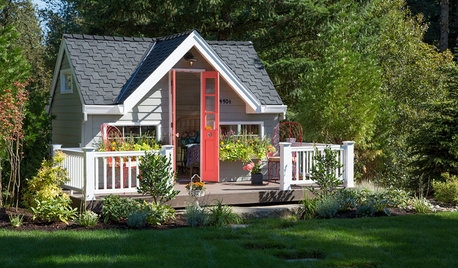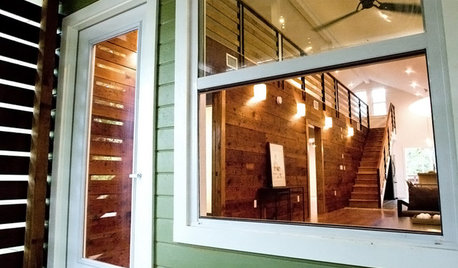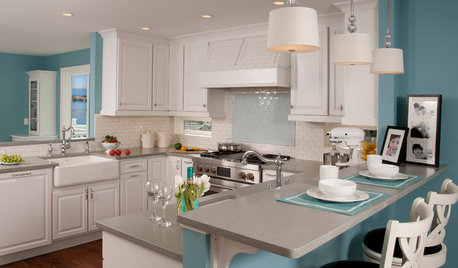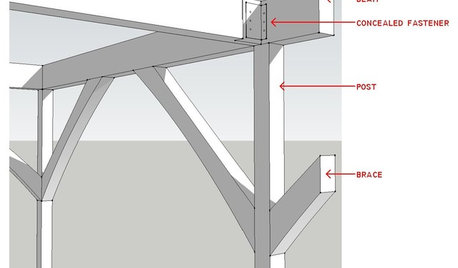Allowances
want2build
10 years ago
Related Stories

MORE ROOMSHouzz Rule: No Dogs Allowed?
If your home has a no-pets policy, here's what to do when guests arrive unexpectedly with a four-legged friend
Full Story
OUTBUILDINGSAdults Allowed: A Poolside Playhouse Makes Room for All
Sprightly but not saccharine, this adaptable backyard structure is equally at home with the grandkids and the grown-ups
Full Story
LIVING ROOMSKey Measurements for Your Living Room
Learn the basic dimensions that will allow good circulation, flow and balance as you fit in all the furnishings you want
Full Story
DESIGN DICTIONARYShiplap
Overlapping boards allow for expansion on a home's exterior in moderate climates
Full Story
GARDENING AND LANDSCAPINGPermeable Paving Soaks Up Rain
Design garden hardscaping that allows rain to penetrate through to the earth below
Full Story
KITCHEN DESIGNKitchen of the Week: A Seattle Family Kitchen Takes Center Stage
A major home renovation allows a couple to create an open and user-friendly kitchen that sits in the middle of everything
Full Story
REMODELING GUIDESModern Metal Fireplaces Open World of Possibilities
Allowing way more natural light than traditional fireplaces, and with some not even needing a vent, metal fireplaces are a major improvement
Full Story
REMODELING GUIDESKnow Your House: Post and Beam Construction Basics
Learn about this simple, direct and elegant type of wood home construction that allows for generous personal expression
Full Story
GARDENING AND LANDSCAPINGDesign Photography: When the Fog Rolls In
Foggy days allow the imagination to step into photos of homes and landscapes
Full Story
REMODELING GUIDESPocket Doors and Sliding Walls for a More Flexible Space
Large sliding doors allow you to divide open areas or close off rooms when you want to block sound, hide a mess or create privacy
Full StoryMore Discussions








maggiepie11
User
Related Professionals
Fort Lewis Architects & Building Designers · Morganton Architects & Building Designers · Panama City Beach Architects & Building Designers · River Edge Architects & Building Designers · Delano Home Builders · Yorkville Home Builders · Coatesville General Contractors · Marinette General Contractors · Martinsville General Contractors · Medford General Contractors · Parkersburg General Contractors · Toledo General Contractors · Torrington General Contractors · Waianae General Contractors · Wolf Trap General Contractorslucillle
renovator8
virgilcarter
renovator8
stuarbc
renovator8
virgilcarter
want2buildOriginal Author